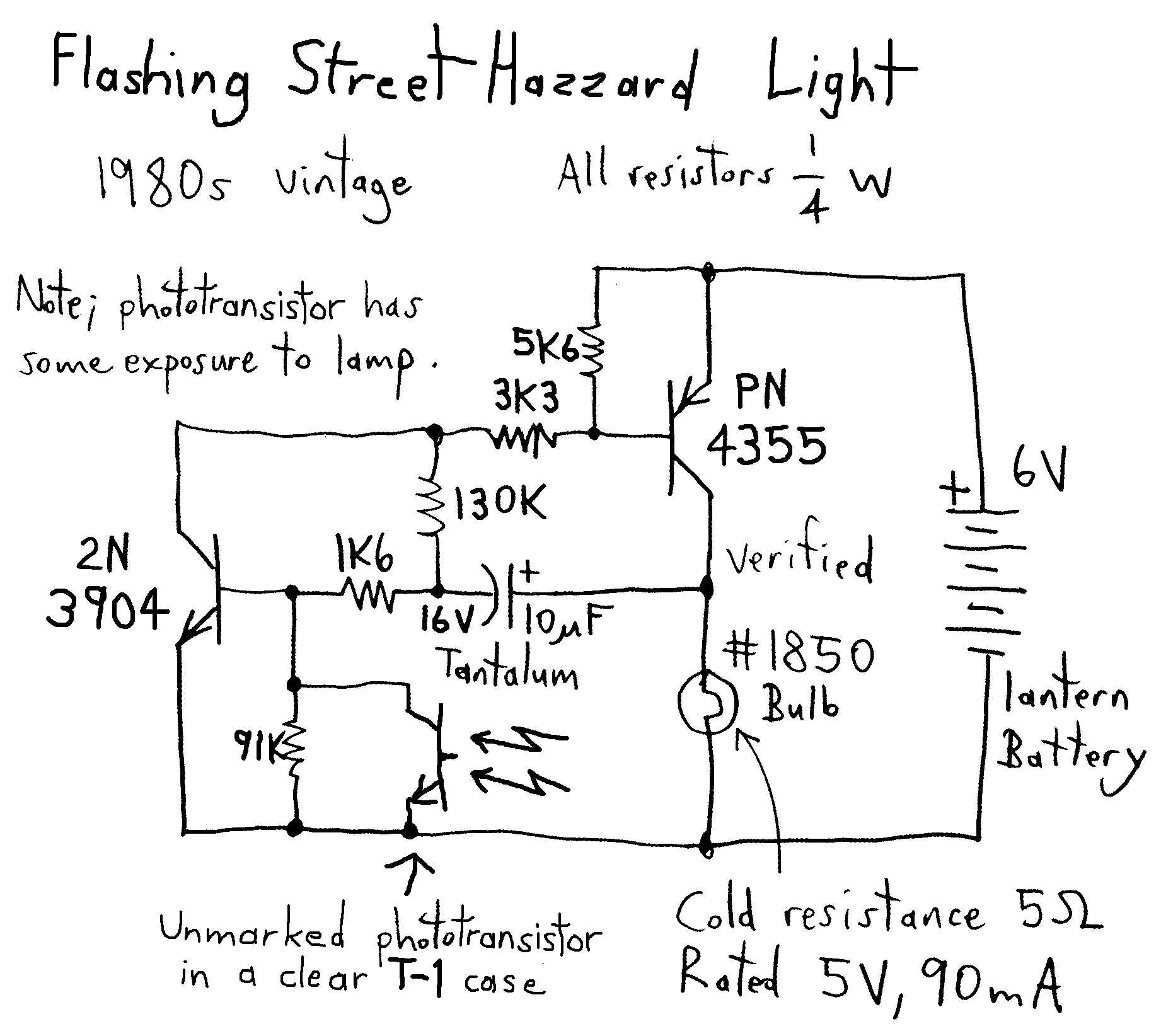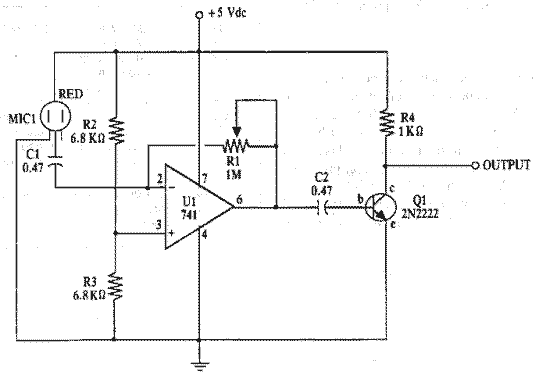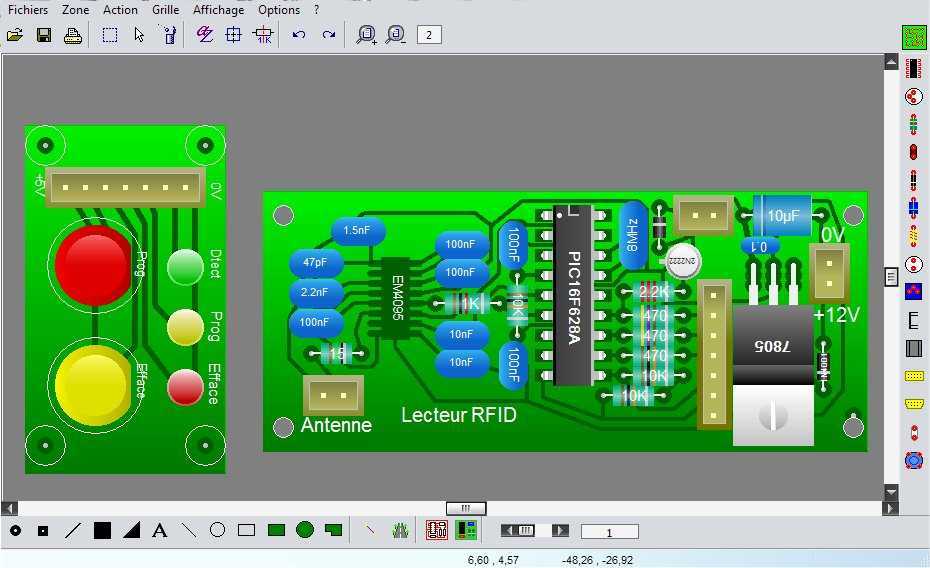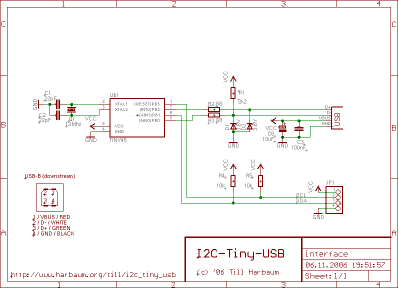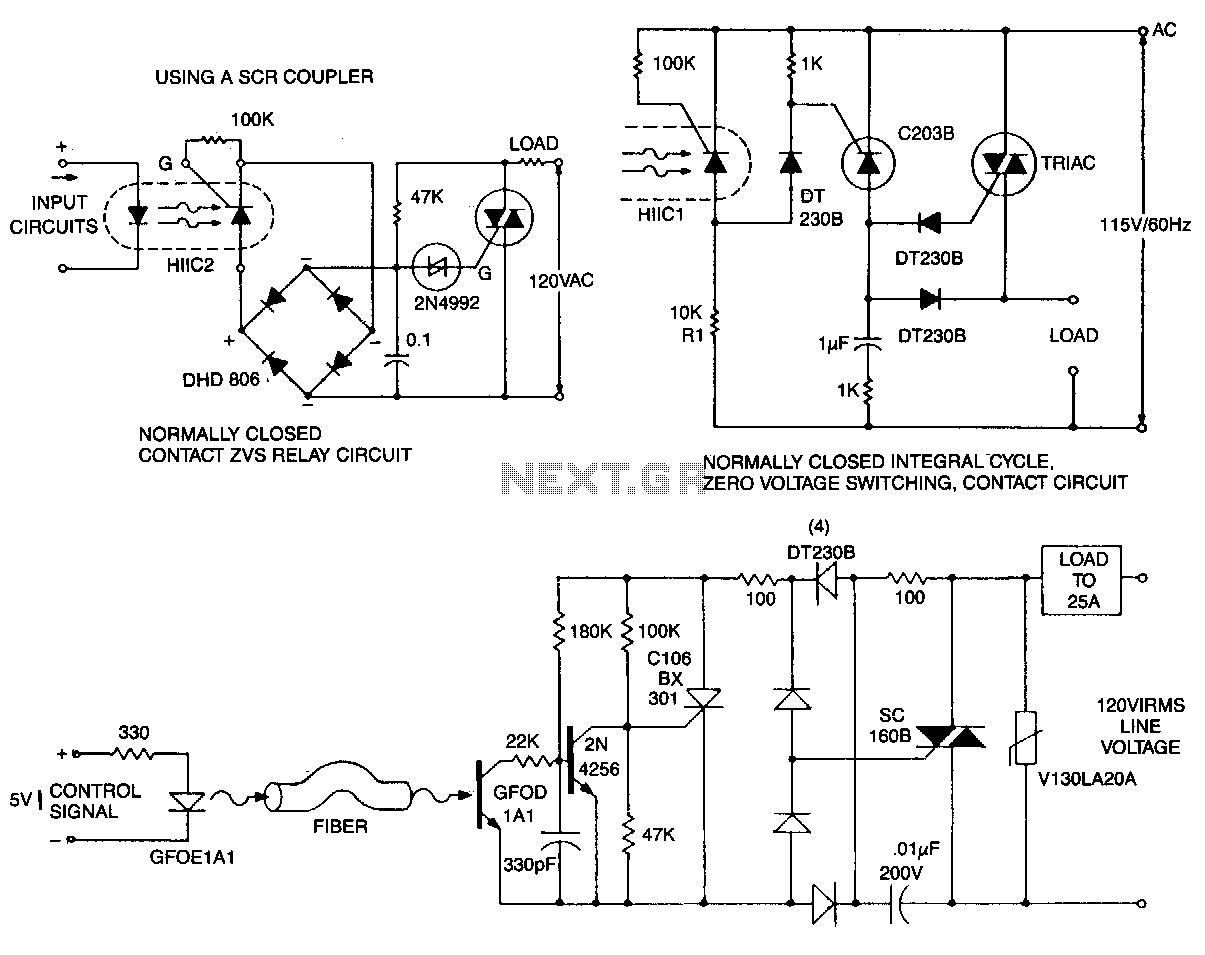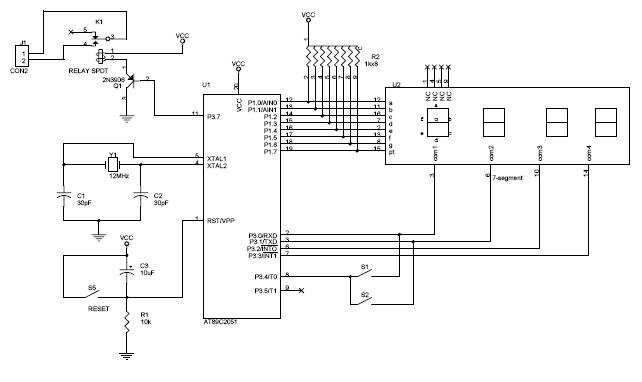
Three-phase stepper motor control circuit
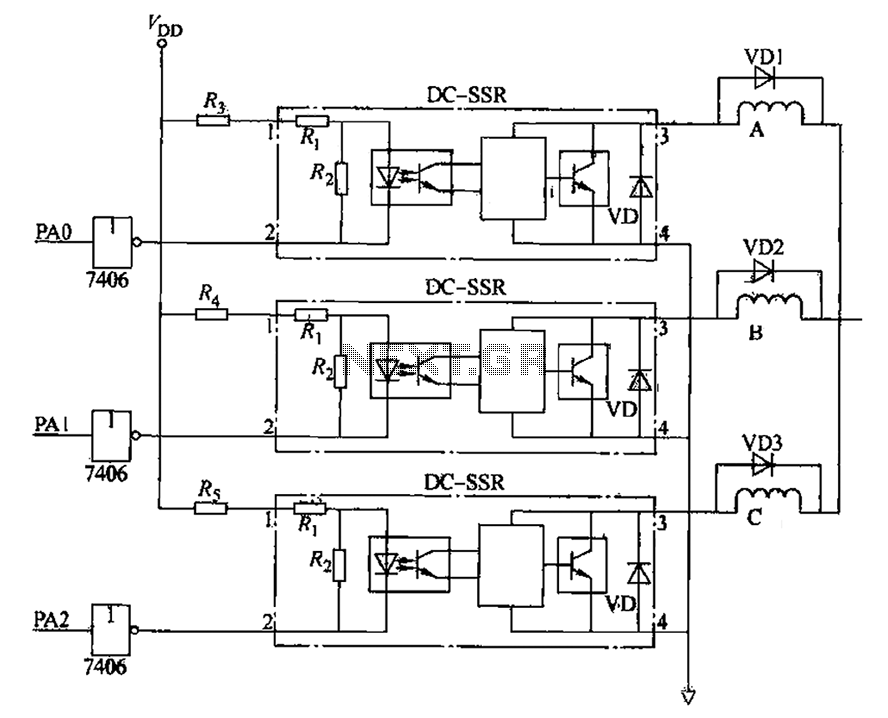
The figure illustrates that the DC Solid State Relay (SSR) in the input stage functions as an opto-isolator. When the switch output is high, the driver circuit inverts this signal to low. This process involves a light-emitting diode (LED) where the current flowing through it activates a photosensitive transistor. Consequently, the transistor allows the collector to generate an output voltage that can be utilized to control external circuitry. The output stage of the SSR employs power transistors capable of handling output voltages ranging from 30 to 180V. The system integrates a three-phase motor with phases A, B, and C, where each phase is governed by a type of SSR for current control, managed via the 8255 port PA0 to PA2.
The described circuit utilizes a DC Solid State Relay (SSR) as an opto-isolator to enhance signal isolation and control capabilities within the system. The LED within the opto-isolator is activated when the switch output is high, generating a corresponding low signal in the driver circuit. This inversion is critical for ensuring that the control logic remains robust against noise and interference.
The photosensitive transistor, once activated by the light emitted from the LED, allows current to flow from the collector, thus producing an output voltage. This output can be interfaced with various external circuits, enabling control over devices such as motors, lights, or other electronic systems. The SSR's output stage is designed to handle voltages between 30V and 180V, making it suitable for a variety of applications that require high voltage management and switching capabilities.
In the context of a three-phase motor system, the SSRs are employed in each phase (A, B, and C) to regulate the current flowing through the motor windings. Each SSR operates in conjunction with the 8255 programmable peripheral interface, which allows for precise control over the phases through ports PA0 to PA2. This configuration enables the system to effectively manage phase timing and power delivery, optimizing motor performance and efficiency. The overall design emphasizes reliability and responsiveness, making it ideal for industrial applications where precise control over three-phase motors is essential.As it can be seen from the figure, + DC Solid State Relay (SSR) of the input stage is an opto-isolator, when the switch output is high, by inverting driver circuit goes low, so there is a light emitting diode and the current through the light, the light of the photosensitive transistor is turned on, so that the collector generates an output voltage which can be used to control external circuitry. SSR power transistors for the output stage, the output voltage of up to 30 -180V. Step into the motor A, B, C three-phase, each phase consists of - a type SSR Yin flow control, respectively, by 8255 the port PAO ~ PA2 controlled.
The described circuit utilizes a DC Solid State Relay (SSR) as an opto-isolator to enhance signal isolation and control capabilities within the system. The LED within the opto-isolator is activated when the switch output is high, generating a corresponding low signal in the driver circuit. This inversion is critical for ensuring that the control logic remains robust against noise and interference.
The photosensitive transistor, once activated by the light emitted from the LED, allows current to flow from the collector, thus producing an output voltage. This output can be interfaced with various external circuits, enabling control over devices such as motors, lights, or other electronic systems. The SSR's output stage is designed to handle voltages between 30V and 180V, making it suitable for a variety of applications that require high voltage management and switching capabilities.
In the context of a three-phase motor system, the SSRs are employed in each phase (A, B, and C) to regulate the current flowing through the motor windings. Each SSR operates in conjunction with the 8255 programmable peripheral interface, which allows for precise control over the phases through ports PA0 to PA2. This configuration enables the system to effectively manage phase timing and power delivery, optimizing motor performance and efficiency. The overall design emphasizes reliability and responsiveness, making it ideal for industrial applications where precise control over three-phase motors is essential.As it can be seen from the figure, + DC Solid State Relay (SSR) of the input stage is an opto-isolator, when the switch output is high, by inverting driver circuit goes low, so there is a light emitting diode and the current through the light, the light of the photosensitive transistor is turned on, so that the collector generates an output voltage which can be used to control external circuitry. SSR power transistors for the output stage, the output voltage of up to 30 -180V. Step into the motor A, B, C three-phase, each phase consists of - a type SSR Yin flow control, respectively, by 8255 the port PAO ~ PA2 controlled.
